Willy Chavarria on Design Ethos, Latinx vs. Latine and What True Inclusivity Looks Like

Latine designers have been adding their spin to the fashion world for decades. Designers like Carolina Herrera and Oscar de la Renta made it to the top echelons of the industry, paving the way for future talents, though many still struggle to gain global recognition.
But challenges aside, designers like Willy Chavarria are making a name for themselves, infusing the Latin American spirit into the world of fashion in their own unique ways and collectively contributing to new definitions of style.
More from WWD
Hubert de Givenchy's 1970s Black Cabine Models Made a Statement About Diversity
Breakout Artist Lunay Showcases How Latinx Music Has Lent New Vision to Fashion
The Mexican-American designer is the mastermind behind the conceptual namesake fashion label that carries an emotional and thought-provoking approach to its overall design, and voices bold commentary on social, racial and political matters. He was also recently appointed senior vice president of design at Calvin Klein.
Chavarria has produced some of the most socially engaging runway shows in New York, inspired by elements of the Chicano street culture and in iconic locations like The Eagle (an institution within the gay leather bar community). In his most recent show, which took place at New York City barbershop Astor Place Hairstylists, Chavarria presented a lineup inspired by individuals in his personal life while infusing couture-like constructions onto typical workwear staples, one of the designer’s most lauded efforts to date. He was also a finalist for the International Woolmark Prize in 2019, the storied honor that once went to then emerging designers like Karl Lagerfeld and Yves Saint Laurent.
While visible representation of designers from Latin America still remains an important conversation within the constructs of inclusivity, a new topic of conversation has emerged around identification: Latino/a vs. Latinx vs. Latine.
The terms designed to be more inclusive by being gender nonspecific have made some feel more included and others more divided. They’ve also given rise to issues of homogenization.
Here, WWD speaks to Chavarria to shed light on Latin identity, issues and progress for designers in the community and what matters most for creatives of any background in fashion.
WWD: When it comes to Latino vs. Latinx vs. Latine vs. Hispanic — how do you identify? How do you unpack what each term means and how should companies be thinking about how to address the communities in these categories?
Willy Chavarria: At first it was an eye roll for me when I started hearing Latinx, and my first thought was: Great, more division, more breaking things apart and trying to divide something that is already there. But then I started to think about it, I was raised Chicano, and that word was created internally in the U.S. It used to be a derogatory term and then it was taken and given new meaning, that’s how I think of Latinx — it’s brown people claiming their identity. Today, I would refer to myself as Latinx, but at the same time, if I’m speaking about older generations or Latino heritage month with other people, the term “Latino” doesn’t offend me, it’s about ultimately what we choose to identify as. What I do like about the term, it speaks to a young culture, a new way of looking at ourselves in a more inclusive way and broad-minded way.
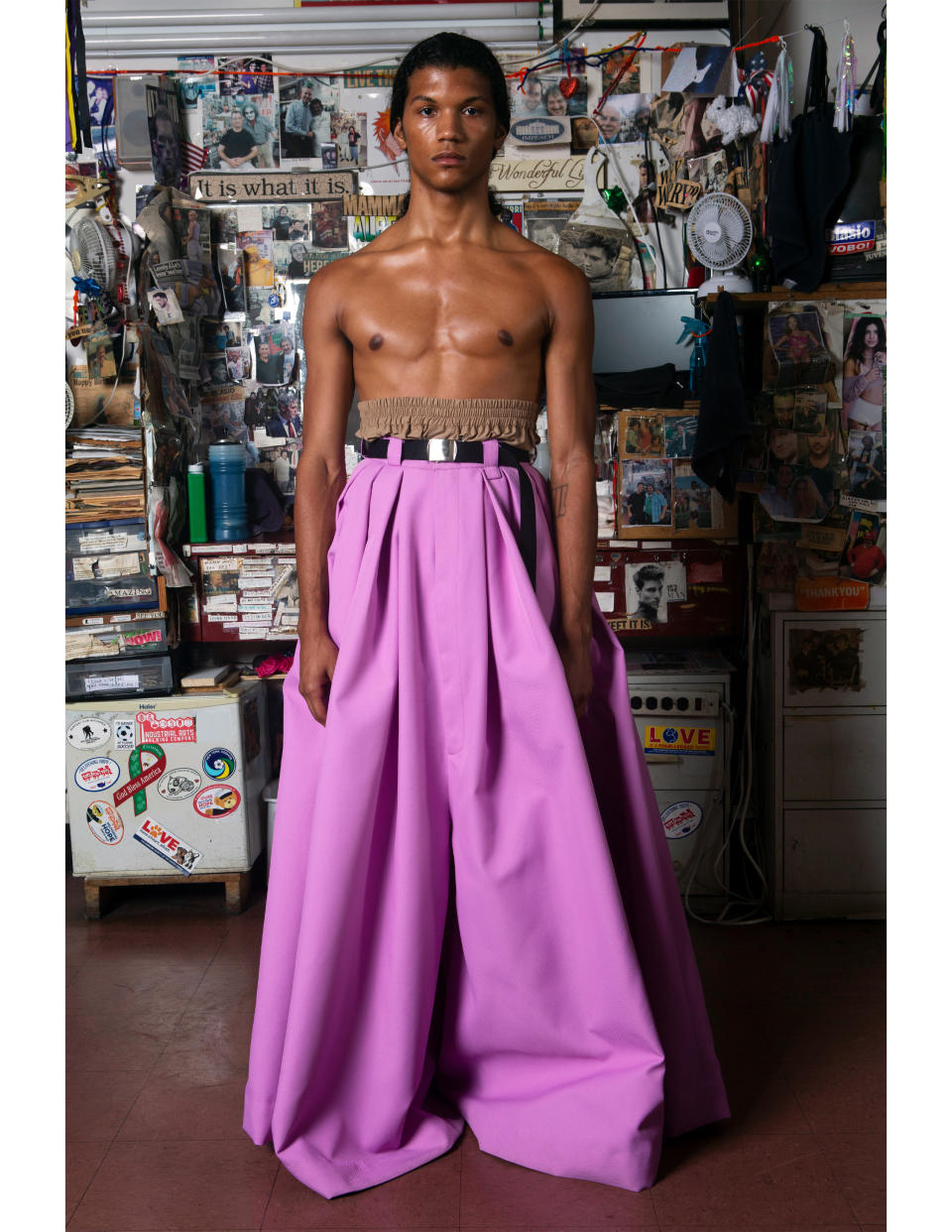
WWD: What does being Latin/o/x/e mean to you?
W.C.: In this country and this society there are stereotypes that are associated with the word Latino, no matter what industry you are in. I’m not always considered a designer, I’m considered a Latino designer. There’s always this plug with it that has preconceived stereotypes about it. As diverse and multilayered as our communities are, we have this stereotype that is really reductive and it implies a blanket statement to all these people, whereas Latinx and Latine opened that door up and f–ked up the stereotype, and I love that about it. It shatters the stereotype by reconstructing the term.
WWD: What is the first thought that comes to mind when you think about Latin American fashion? Who are your biggest inspirations and why?
W.C.: There are so few Latin American designers in the small group of big-name designers. It’s not popular to be Mexican, Puerto Rican, Argentinian or even Chicano or Latinx for that matter right now. For me, it’s the Black and brown communities that bust out with that street style that gets adopted by other communities, and as a creative it feels very real to highlight that. I like to be more literal in the way I present it because I feel more connected with it, but I don’t think every Latino designer has to do things that are specific to their culture. Not every collection I do is going to be revolving around the look of my culture.
I’ve always been more inspired by what I see on the streets, mixed with film — [filmmaker] Romain Gavras’ style is really inspiring to me, he takes very raw and real content and makes it look real and beautiful at the same time. I also love people who stay true to their convictions, who don’t get off track and are successful in doing it, like Tilda Swinton or Alexandria Ocasio-Cortez, people who stay on track with their vision and don’t fall for it.
WWD: Has coming from a Latin background helped you or been more of a challenge in your business and in your personal life? Does being part of the Latin/o/x/e community have a different meaning now than it did before?
W.C.: There have been many challenges along the way, most of them related to standardized bigotry, there’s a term “white passing” that exists now, I consider myself “white passing” for sure, I have yet to experience many of the hardships that a lot of other Latinos have, but definitely have encountered racism, opportunities lost because of my name or preconceived notions of my talent, but it has shaped my perspective and made me who I am. Times are changing, people are louder, young people are making more of a difference. The past couple of generations have been a little passive but this new generation is really making change, doors are opening, just the simple fact that I have this very high-level job for a big fashion brand (Calvin Klein) in the U.S. is remarkable to me and to my family it’s such a big deal. You don’t see a lot of it in our industry, but overall it’s one of things where you take what you have and you make it better and look past the stumbling blocks.
WWD: Casting for shows and campaigns has become such an integral part of a brand’s DNA, how does this apply to your work? Do you use Latin/o/x/e models?
W.C.: My whole brand ethos has always been about highlighting and giving people who aren’t usually in the light visibility, to feature different types of beauty that aren’t normally seen on the runway. That was my whole thing from the beginning, diversity on the runway. Making that a responsibility for every Latin American designer is too much, it’s hard enough just to make it in the industry, we do what we have to do to pay the rent. But when you have that opportunity it’s a cool thing to do, including more of our community.
WWD: Are there any misconceptions that need to be addressed within the Latin community as to why there is also so much division and sometimes lack of inclusivity, and how do you think we should deal with discrimination within the Latin communities as well?
W.C.: We are rooted in so much tradition, and I believe it’s because, even the religious aspect of it, has to do with how much has been stolen from the Latino communities in the U.S. and just globally. From my perspective, the whole Chicano movement was about resisting the gentrification that was happening in the ghettos, they were friends and aligned with the Black Panthers, all of that was a resistance to having our culture stolen. There is a lot of tradition we cling onto to remind ourselves of who we are, but at the same time things evolve as time passes and with younger generations thinking differently, it seems like coming out of 2020 there has been an explosion of people thinking and feeling MORE.
WWD: What piece of advice would you give to an aspiring Latin/o/x/e designer looking to break into the industry?
W.C.: Don’t feel like you have to be contained in a specific category. Just because you are Latino doesn’t mean you have to be a Latino designer. Know who you are, be who you are and simply become the creator you want to become.
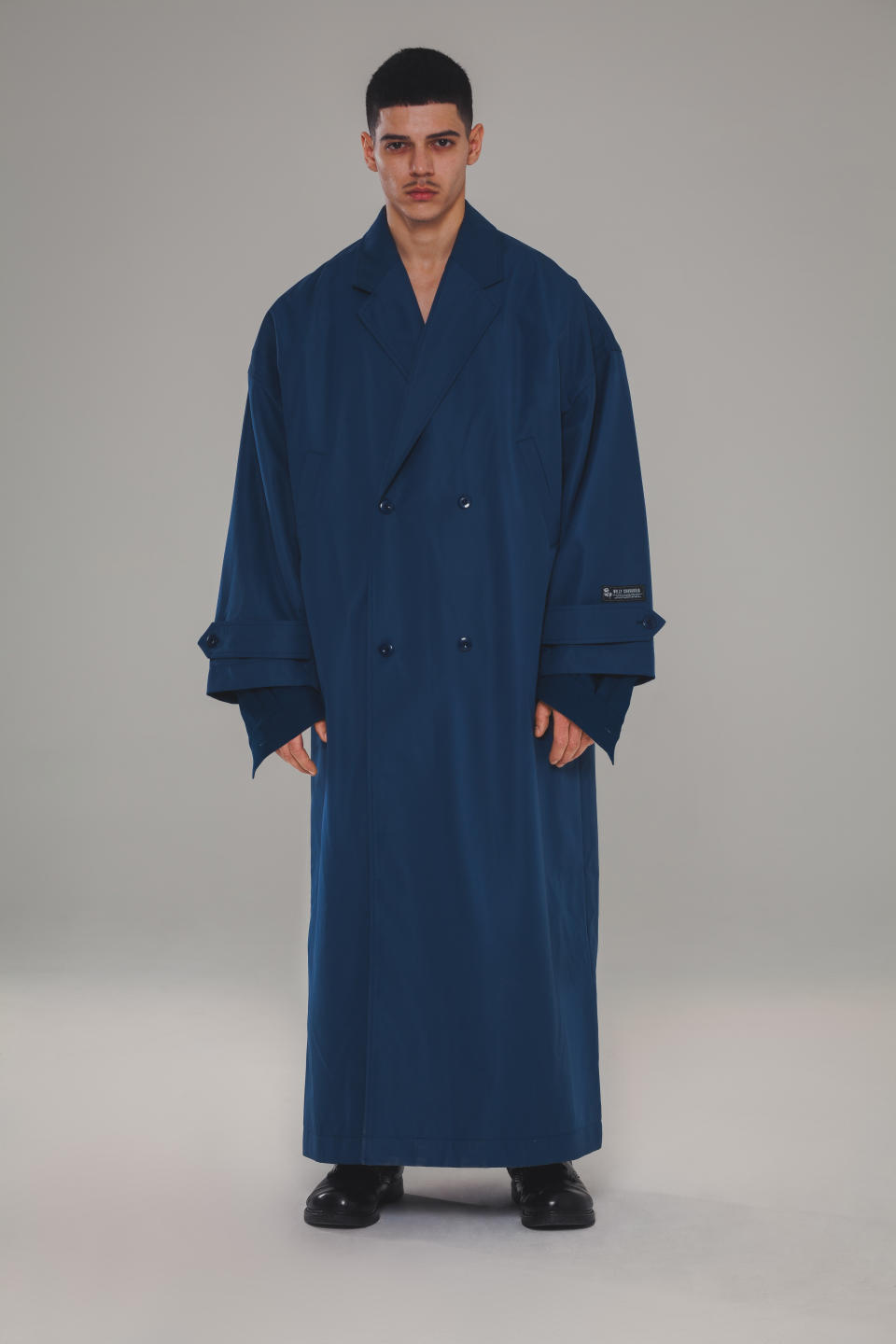
Ashley Hernández
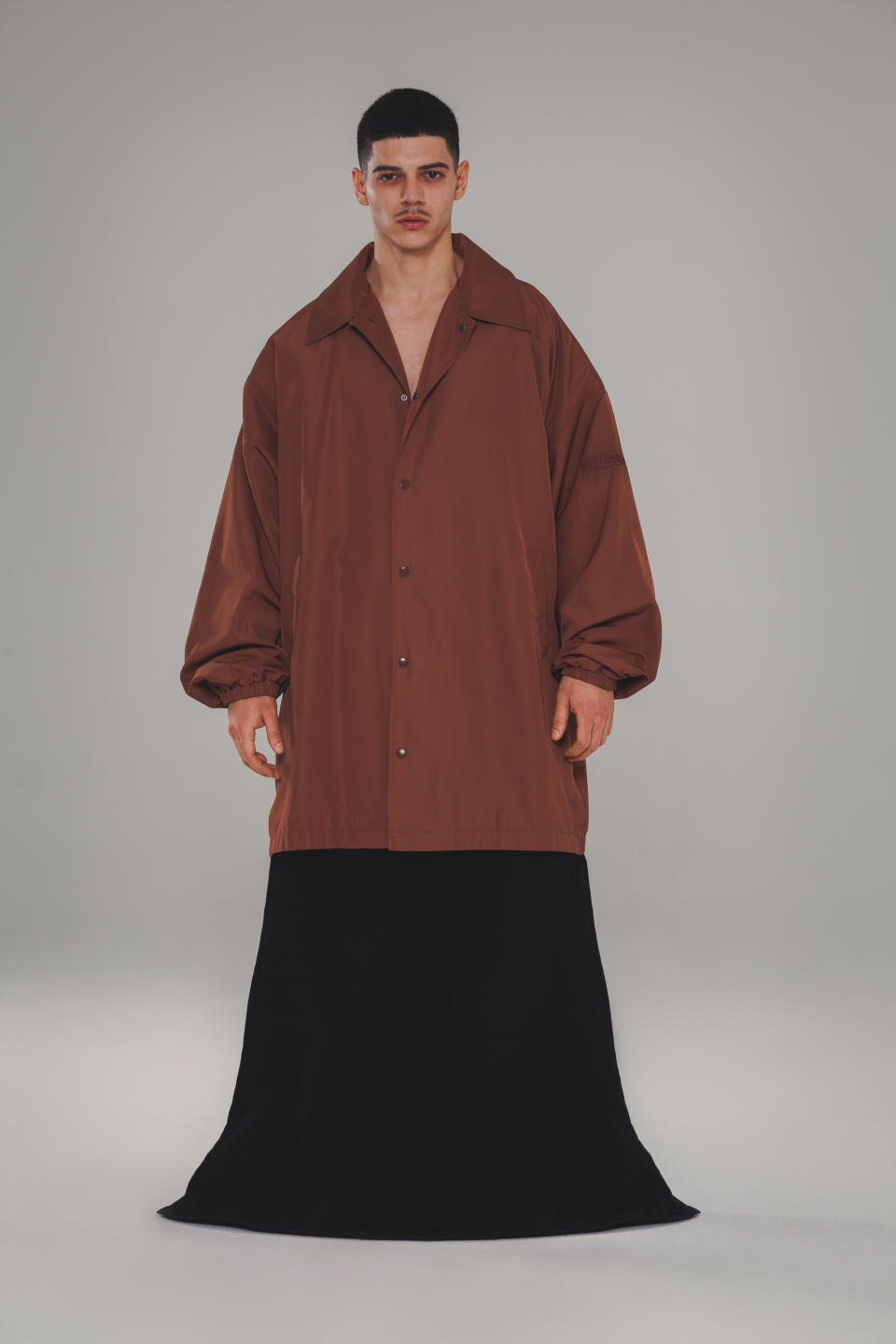
Ashley Hernández
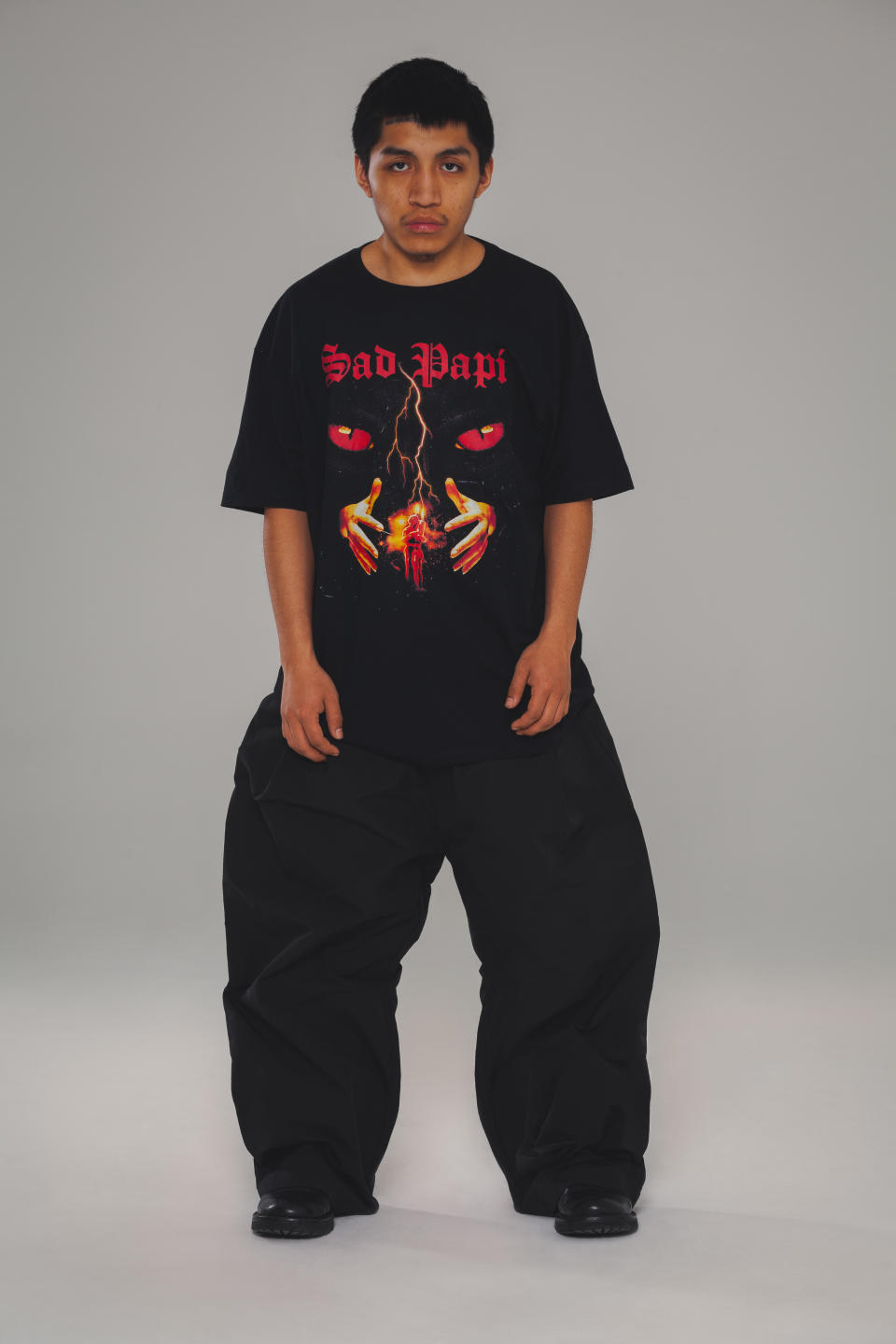
Ashley Hernández
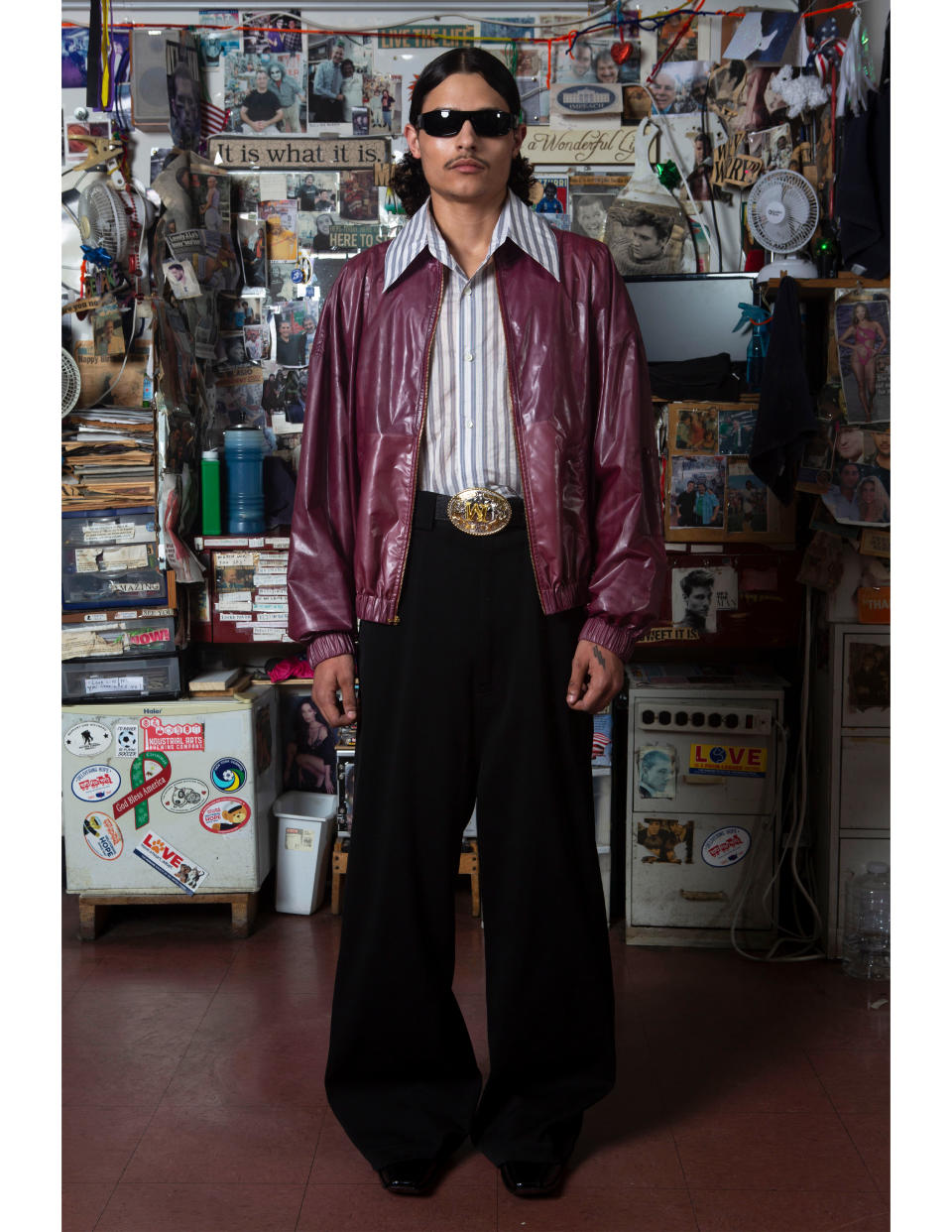
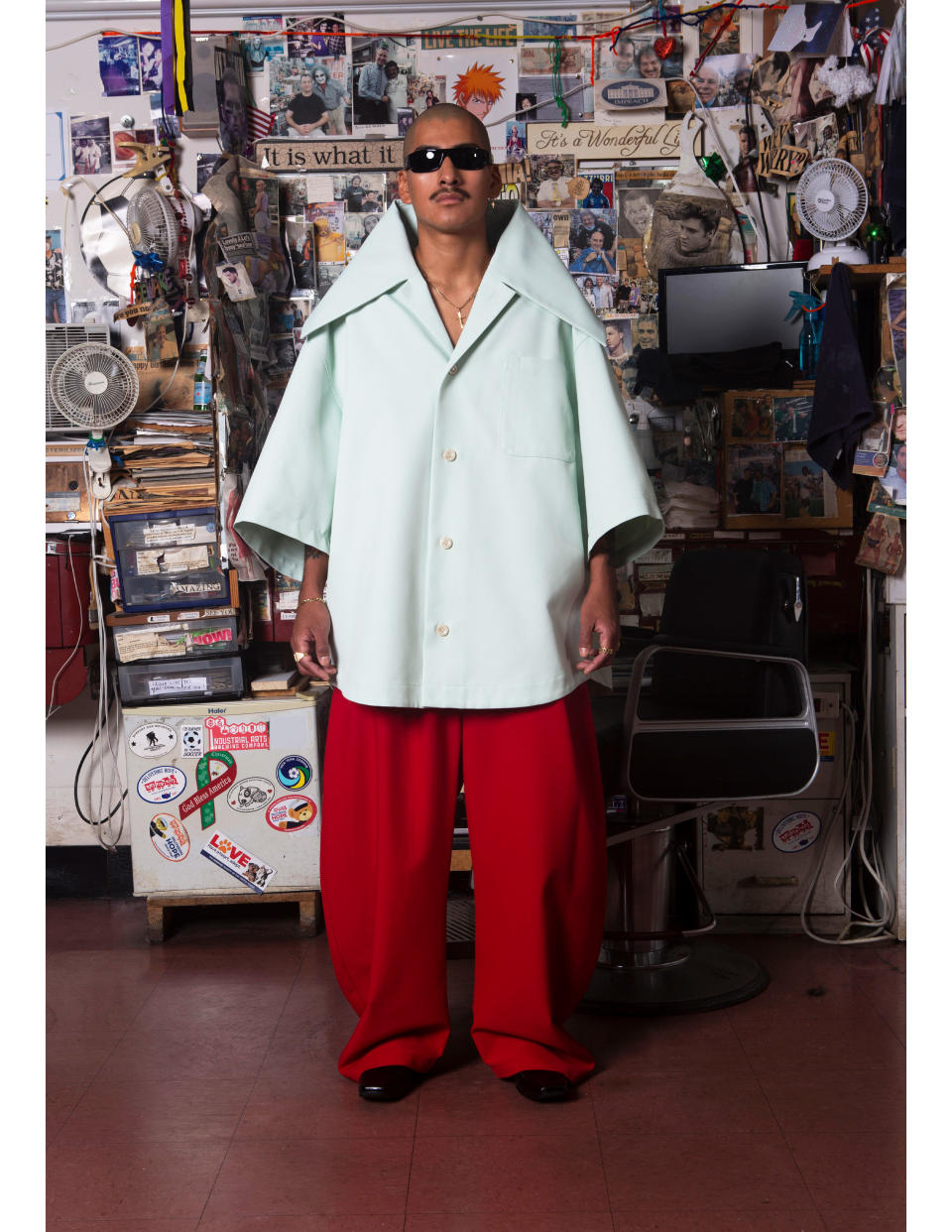

Best of WWD
Sign up for WWD's Newsletter. For the latest news, follow us on Twitter, Facebook, and Instagram.

 Yahoo Sports
Yahoo Sports 